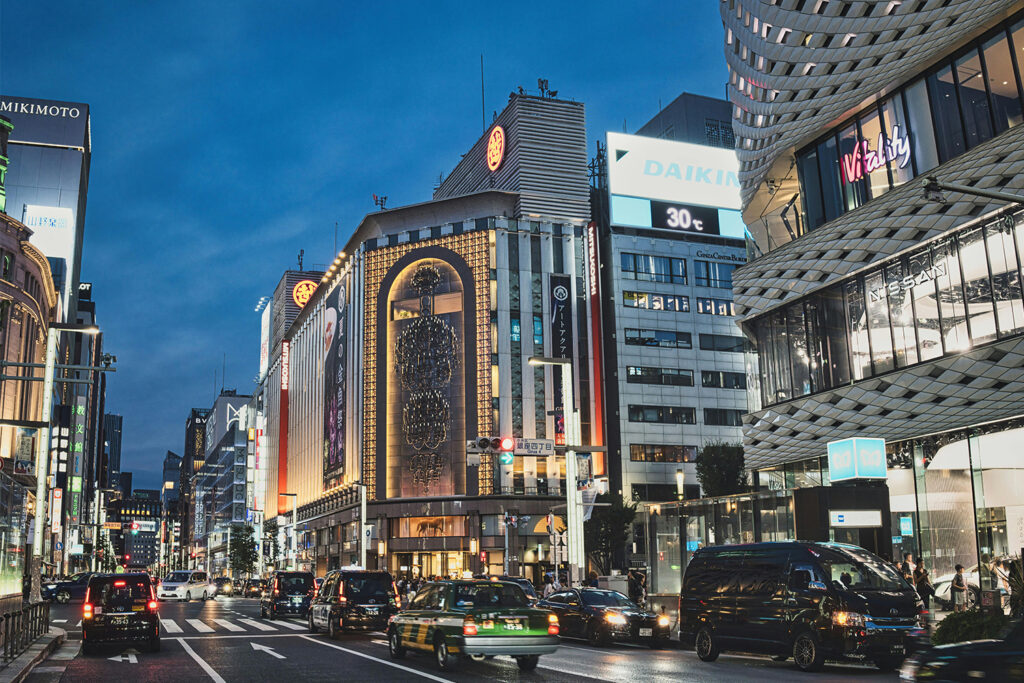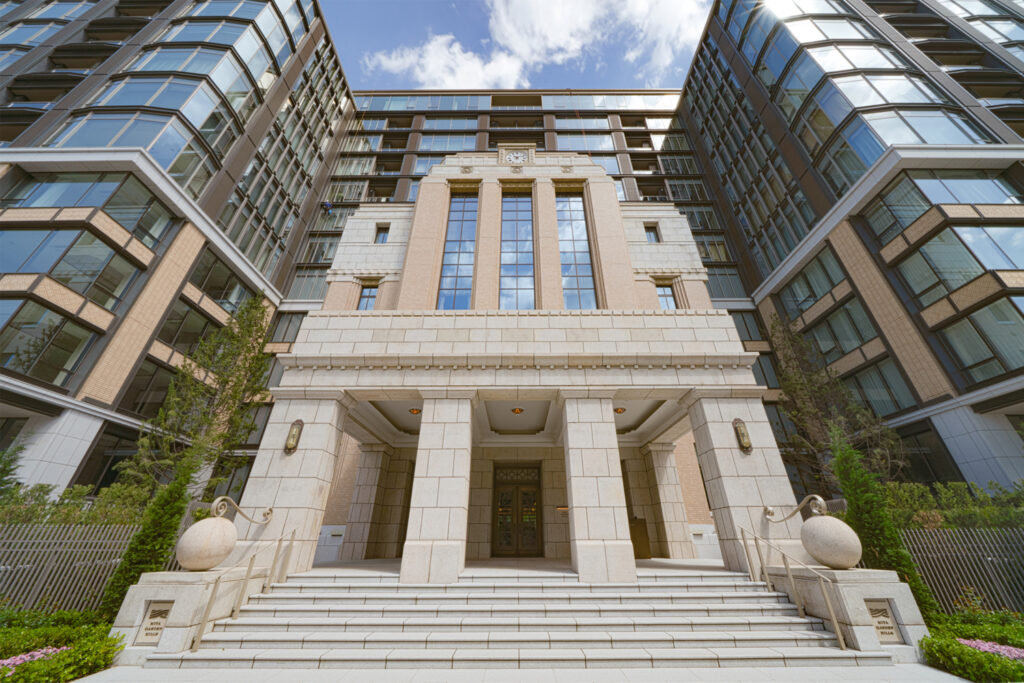

” A truly international architect, connecting the East and West in a new way”
The Japanese architect Arata Isozaki, famous for notable works across the world was the recipient of the 2019 Pritzker Prize, becoming the eighth Japanese winner of the prestigious award. Also known as the “Nobel Prize for Architecture”, the Pritzker Prize has been awarded to Philip Johnson, Frank Gehry, Rem Koolhaas, Zaha Hadid, among others.
In this article, we review his life and the works that led to Isozaki-sensei’s outstanding achievement.

Born in Oita Prefecture in 1931, Isozaki graduated from the Department of Architecture, Faculty of Engineering, The University of Tokyo in 1954 and started his career as an architect under the guidance of Kenzo Tange, who later became first Japanese winner of the Pritzker Prize.
Isozaki established the architectural firm Arata Isozaki & Associates in 1963 which has been responsible for designing more than 100 works throughout Asia, Europe, North America, the Middle East, and Australia over the past 60 years.
“His first works were in his hometown, the Ōita Prefectural Library (1966) is considered a masterpiece of Japanese Brutalism.“
The judges commented that he had a deep knowledge of architectural history and theory, adopted avant-garde art, and never followed the status quo. His attitude to explore meaningful architecture is reflected to this day and continues to evolve beyond stylistic classification.
He was one of the first Japanese architects to work outside Japan in the era when the East was strongly influenced by Western civilization. He is seen as a truly international architect and one who is able to connect the East and the West in a new way.
“I wanted to see the world with my own eyes, so I travelled around the world at least 10 times by the time I was 30 years old,” said Isozaki. “I wanted to feel people’s lives in and visited not only Japan, but also the Islamic world, the deep mountain villages of China, Southeast Asia, and the metropolitan areas of the United States.”


Isozaki’s oeuvre has been described as “heterogeneous and encompasses descriptions from vernacular to high tech”. What is patently clear is that he has not been following trends but forging his own path. Famous projects include the Kitakyushu Museum of Art (1972-74, Fukuoka), Art Tower Mito (1986-90, Ibaraki), Allianz Tower (2003-14, Milan), the Qatar National Convention Center (2004-11, Doha) and the Shanghai Symphony Hall (2008-14, Shanghai).


Since the establishment of the Pritzker Architecture Prize in 1979, Isozaki (2019) is the eighth Japanese winner after Kenzo Tange (1987), Fumihiko Maki (1993), Tadao Ando (1995), Kazuyo Sejima & Ryue Nishizawa (2010), Toyo Ito (2013), and Shigeru Ban (2014).
Japan has more prize winners (8) than any other country. Other Asian countries represented in the list are China and India, with one winner each. Remarkably, four out of the past 10 years have seen winners from Japan.
Takeaway
Architecture has its own unique character and tradition in Japan, and through its heritage and history has produced world-renowned architects and countless classic works, making it easy to feel the rendering of art in our daily lives. With design integrated into the environment in the exterior of buildings, and integrating the usage habits of Western culture in the interior, the result makes Japanese architecture more aesthetically pleasing and practical.
Housing Japan has a team of professionals who can help you build your ideal designed home from the ground up. Our experienced consultants can also help you construct a medium to long-term real estate investment plan. Contact us if you are interested to know more.












